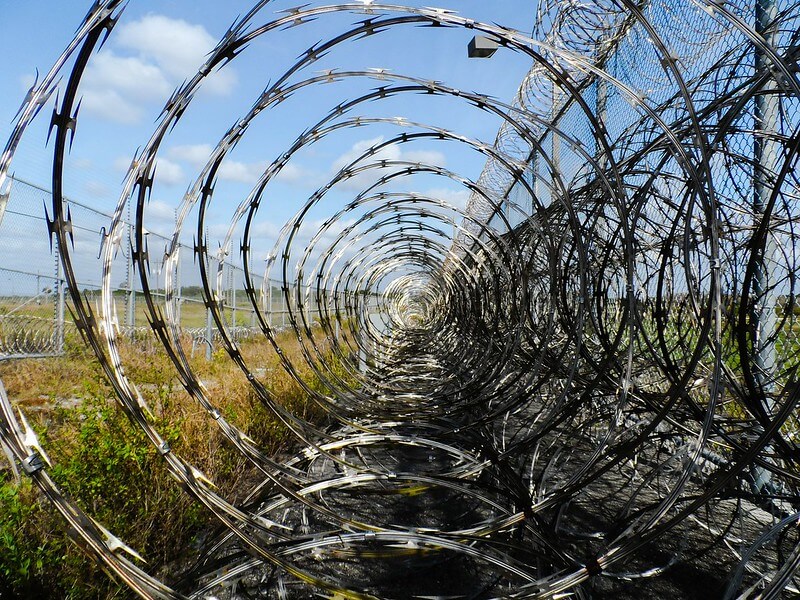The second state case study in the WPF’s new research project tracking COVID 19 in places of detention, is now available. In this newly published case study, we analyze the data and infection trends in Illinois. We have also updated the Massachusetts case study.
Illinois is home to an enormous array of places of detention: six federal prisons, 51 state-managed facilities, 102 counties (most of which have a jail), 3 ICE detention facilities, and 5 juvenile detention centers managed by the state and 16 at the county level.
The state has experienced outbreaks that made national headlines in Stateville Prison and Cook County jail. At the time of writing, at Stateville prison, 12 incarcerated people died of causes related to COVID-19, and at Cook County jail, 500 people tested positive, and 6 detainees and 2 Correctional Officers have died.
The Governor of Illinois, J.B. Pritzker, has issued some strong statements in support of equal access to health care for prisoners and signed an Executive Order that allowed for releases, but it is not clear how far these actions have actually changed policy within prisons. His decisions in April were undertaken against the backdrop of a crisis at Stateville—where sick incarcerated people quickly overwhelmed a local hospital.
Illinois also presents a troubling story about the federal government’s response. Information about the spread of infection at MCC Chicago, a federal facility, is inconsistent. Data that emerged from the federal Bureau of Prisons’ is at odds with what is appearing out of Chicago-based sources (which has become public through legal filings by federal prosecutors and the union representing correctional officers who work at the facility). Another piece of the federal story has come out through cases brought against an ICE facility in Pulaksi County. It appears that the virus was introduced into the Pulaksi facility when ICE moved prisoners there on April 1 – which was after the Governor and many local officials had instituted policies not to transfer prisoners as part of the effort to stem the virus.
Against the backdrop of this web of policy decision-making, is another story about prisoner rights’ groups and fast-paced efforts to use the judicial system to impact COVID-19 responses—and in so doing, forcing various authorities to make data available.
Across the board, a big challenge in Illinois, as elsewhere, is the lack of information about testing within state, county, and federal facilities.
The project is led by WPF Research Director, Bridget Conley, and draws on a team of Tufts University-affiliated researchers. Student researchers who contributed to the Illinois report include: Grace Fagan, who is affiliated with the Tufts University Prison Initiative at Tisch College; and Aida Zilkic, University of Rhode Island.
Photo: “San Quentin, C.A. Death House,” courtesy of Stephen Tourlentes



